Creative photography with Rogue full tutorial
As a photographer we want to be flexible and not limited by the gear we use (to a certain degree).
When I started working the flashbender from Rogue is was over the moon with the creative possibilities and over the years they kept refining the products and making them even more flexible.
This year (2022) Rogue released their magnetic system for round strobes and speedlights and in combination with the flashbender this is a real creative powerhouse.
In this video I take you through several of my favourite setups, I show you the setups, the shoot, the raw files and the final results plus all the techniques.
For more info about Rogue check Rogueflash.com for international customers Rogueflash.nl for the Benelux

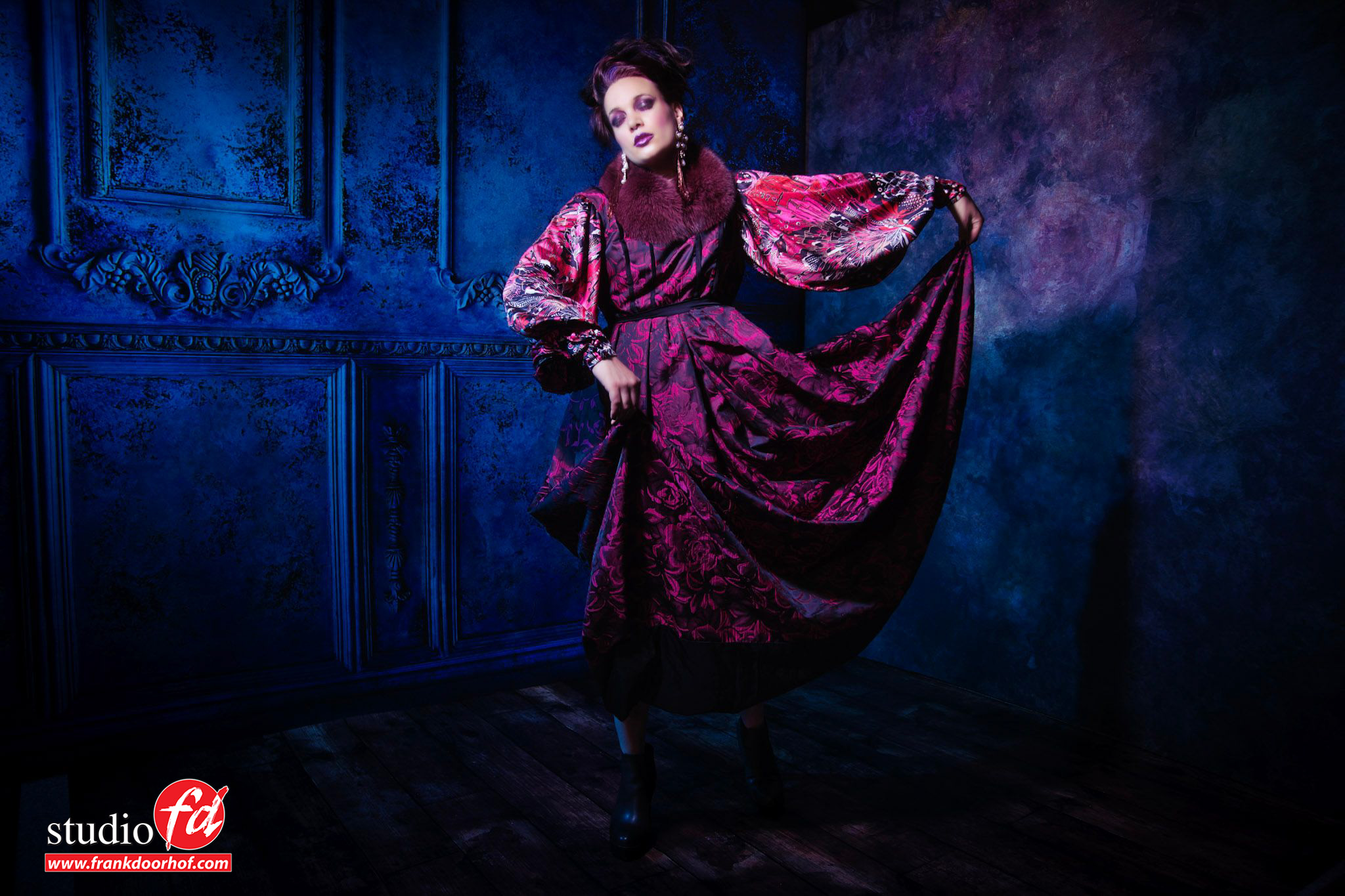
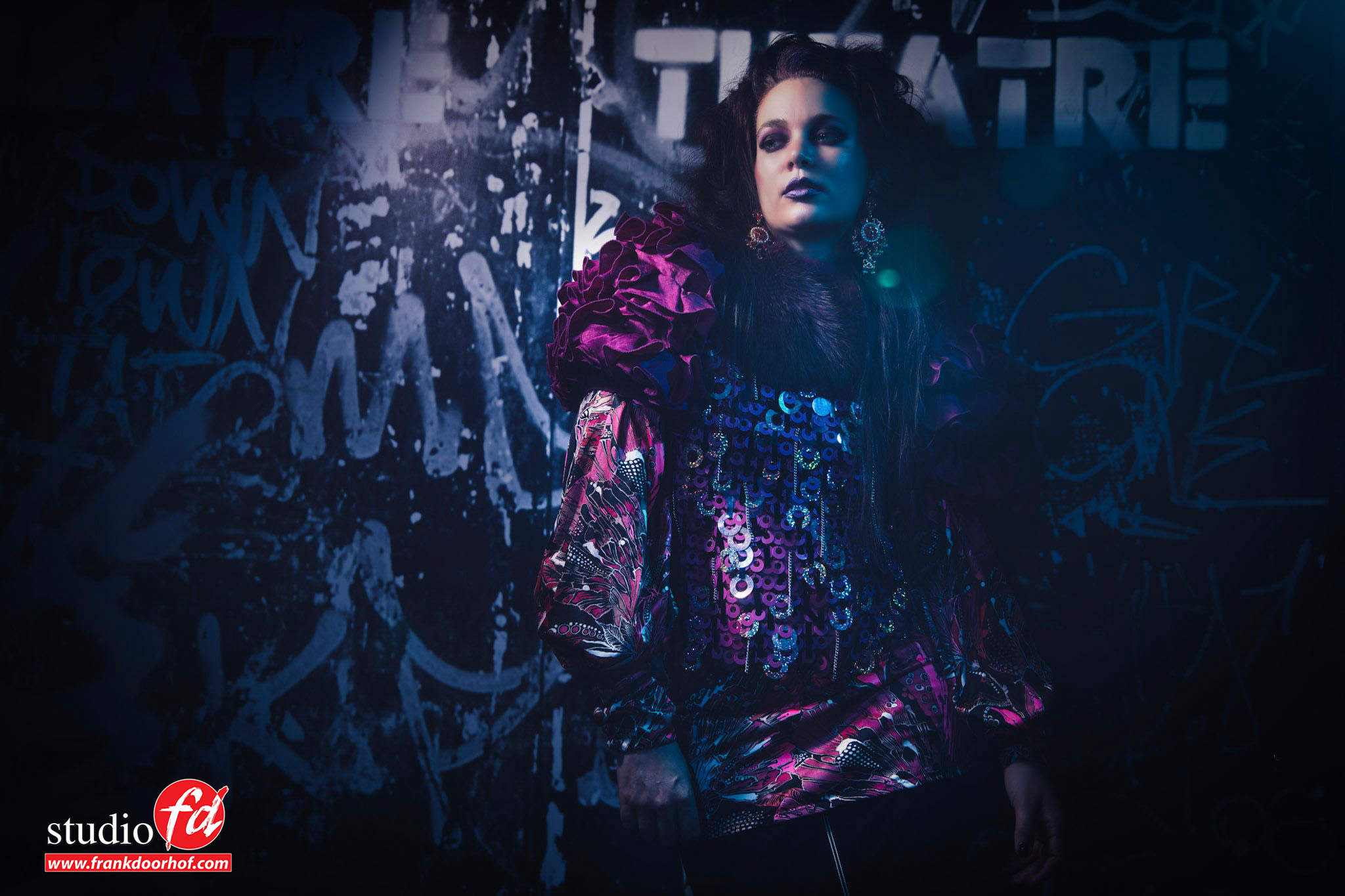
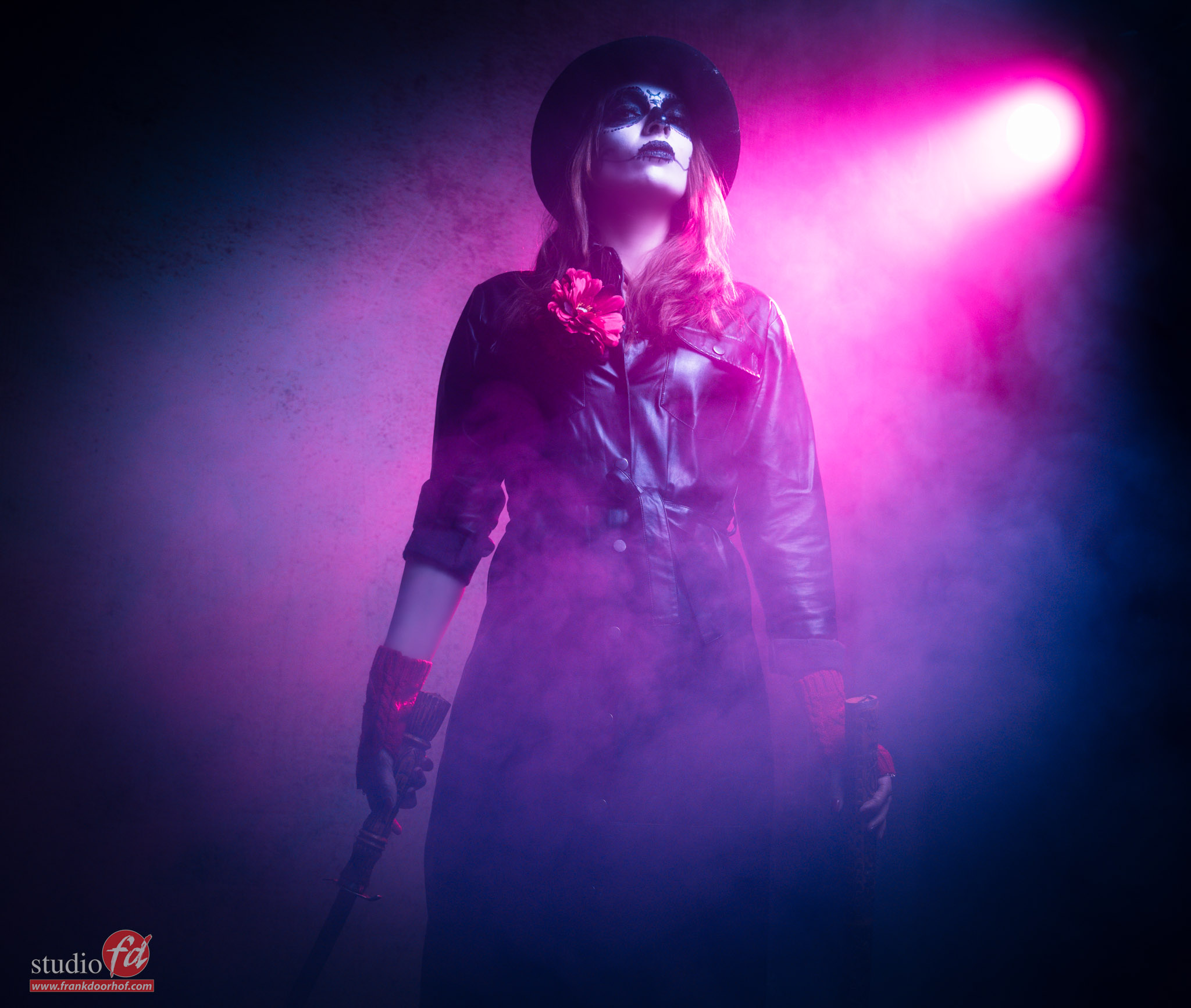
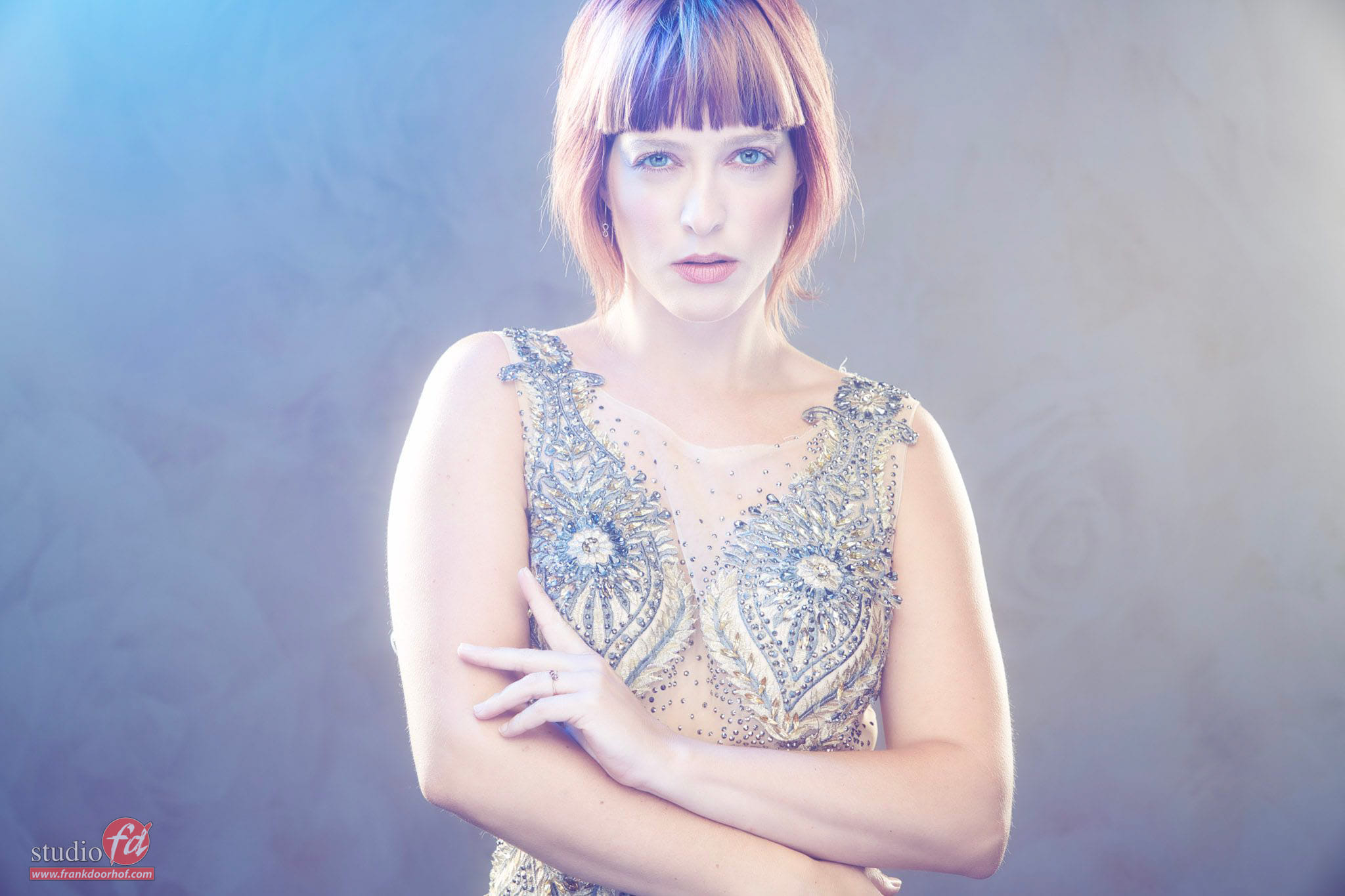
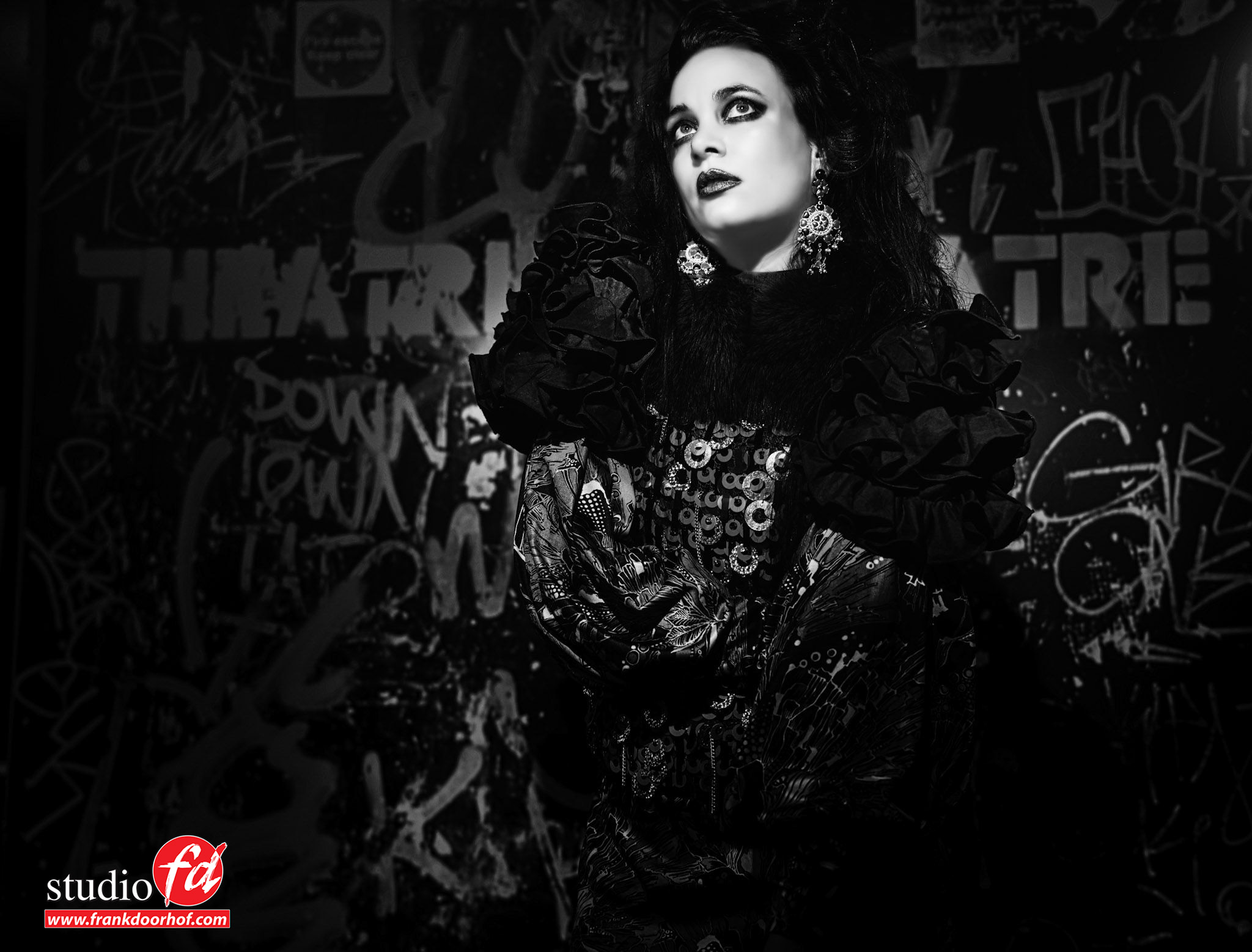
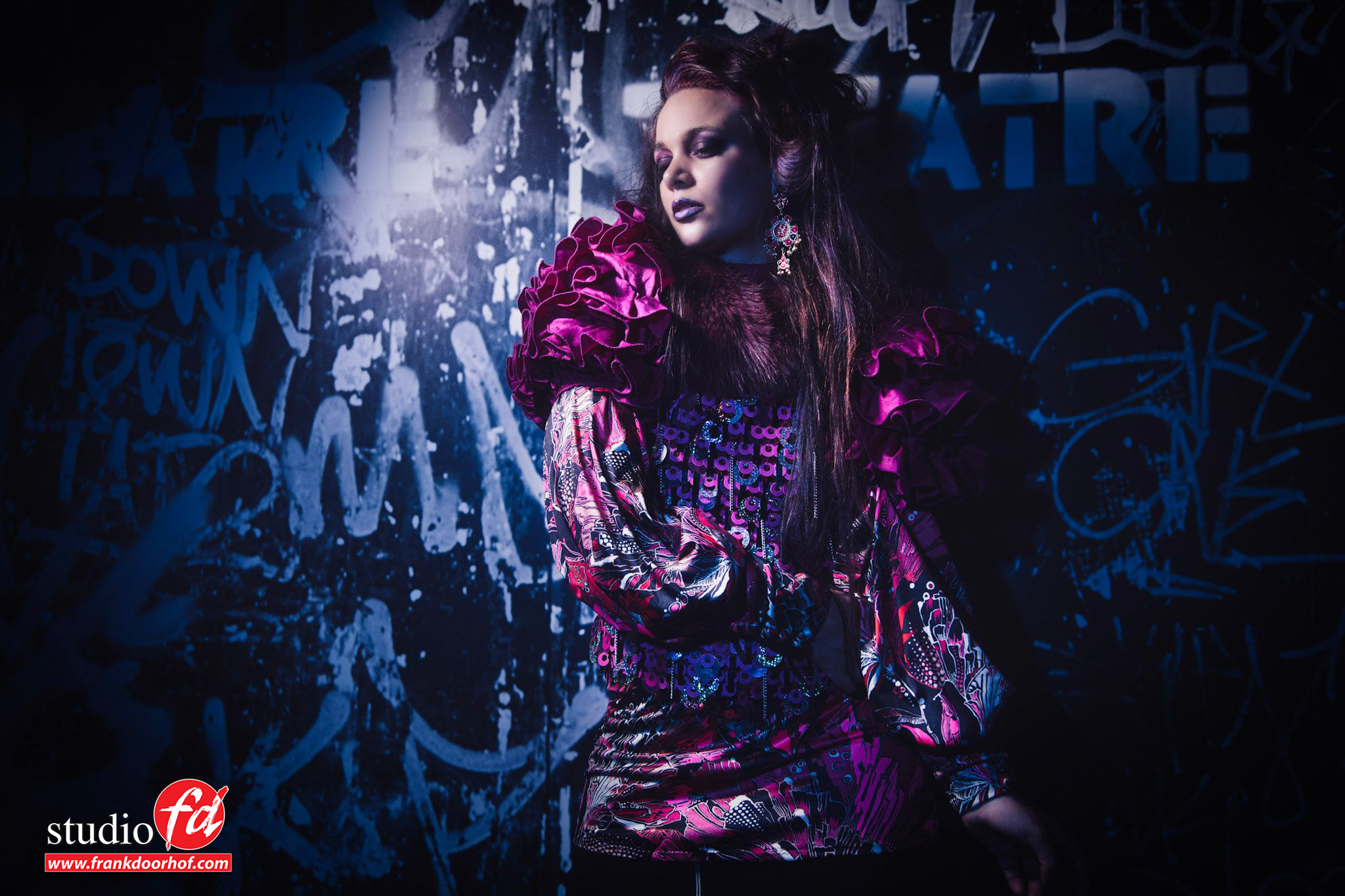
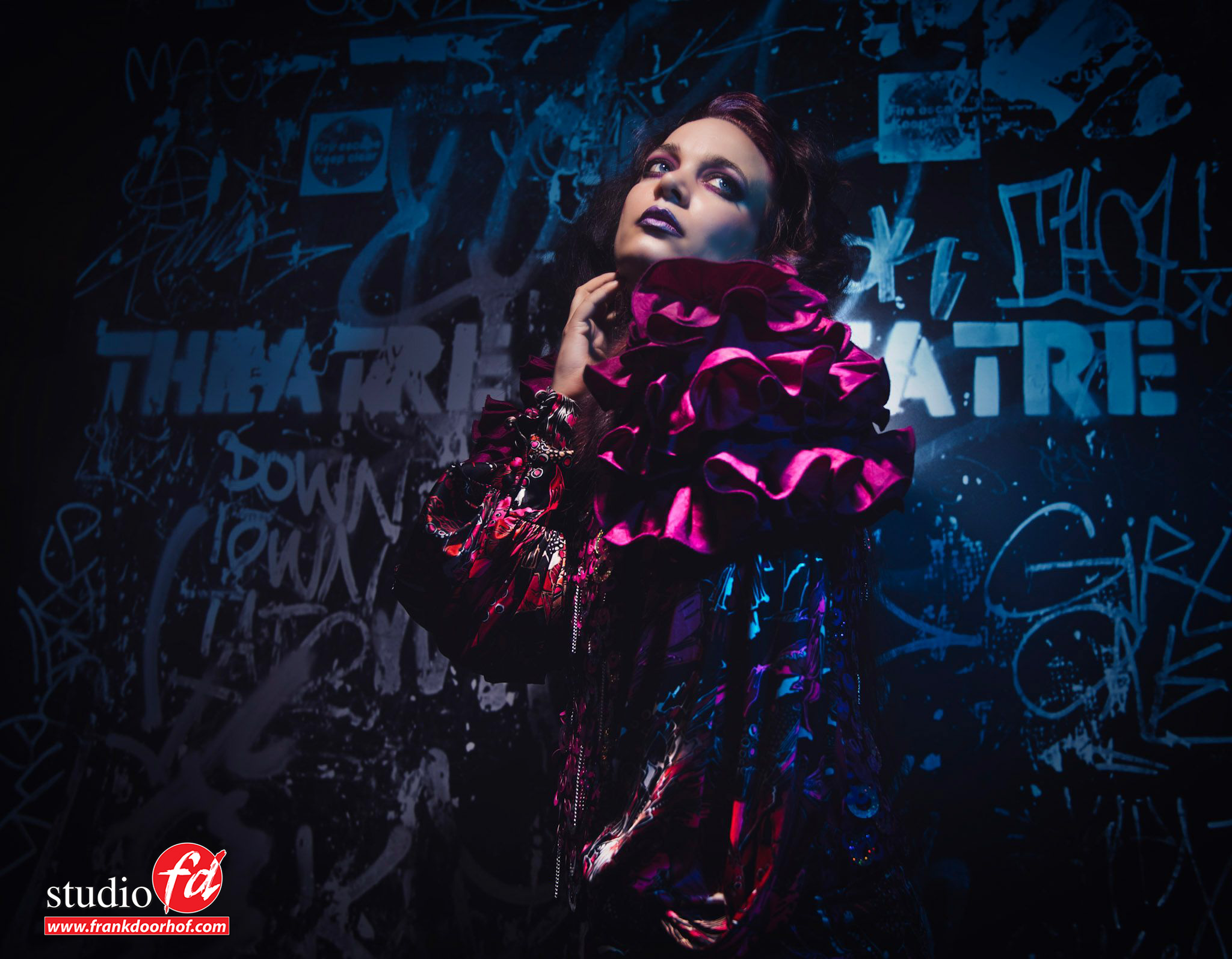

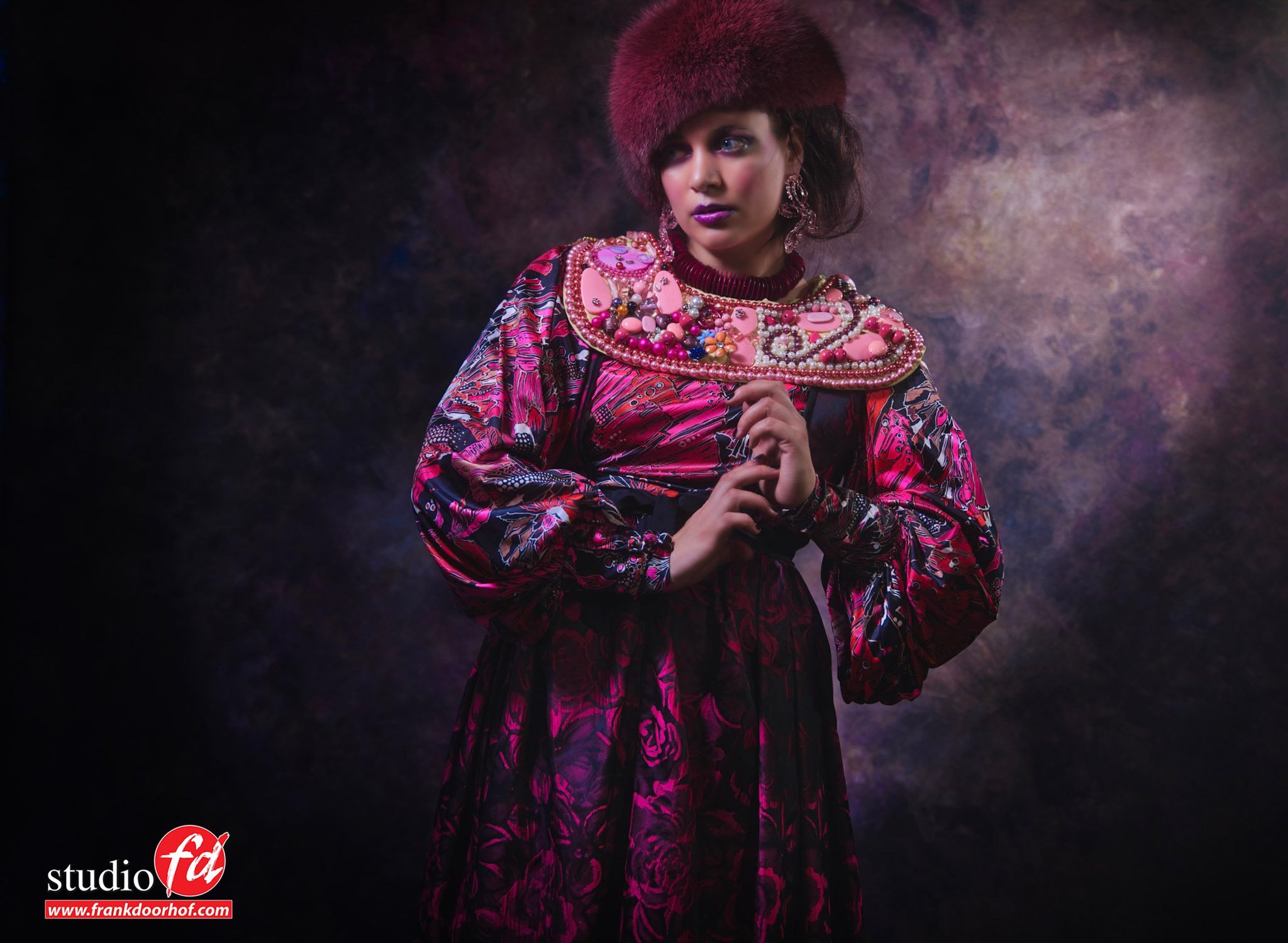
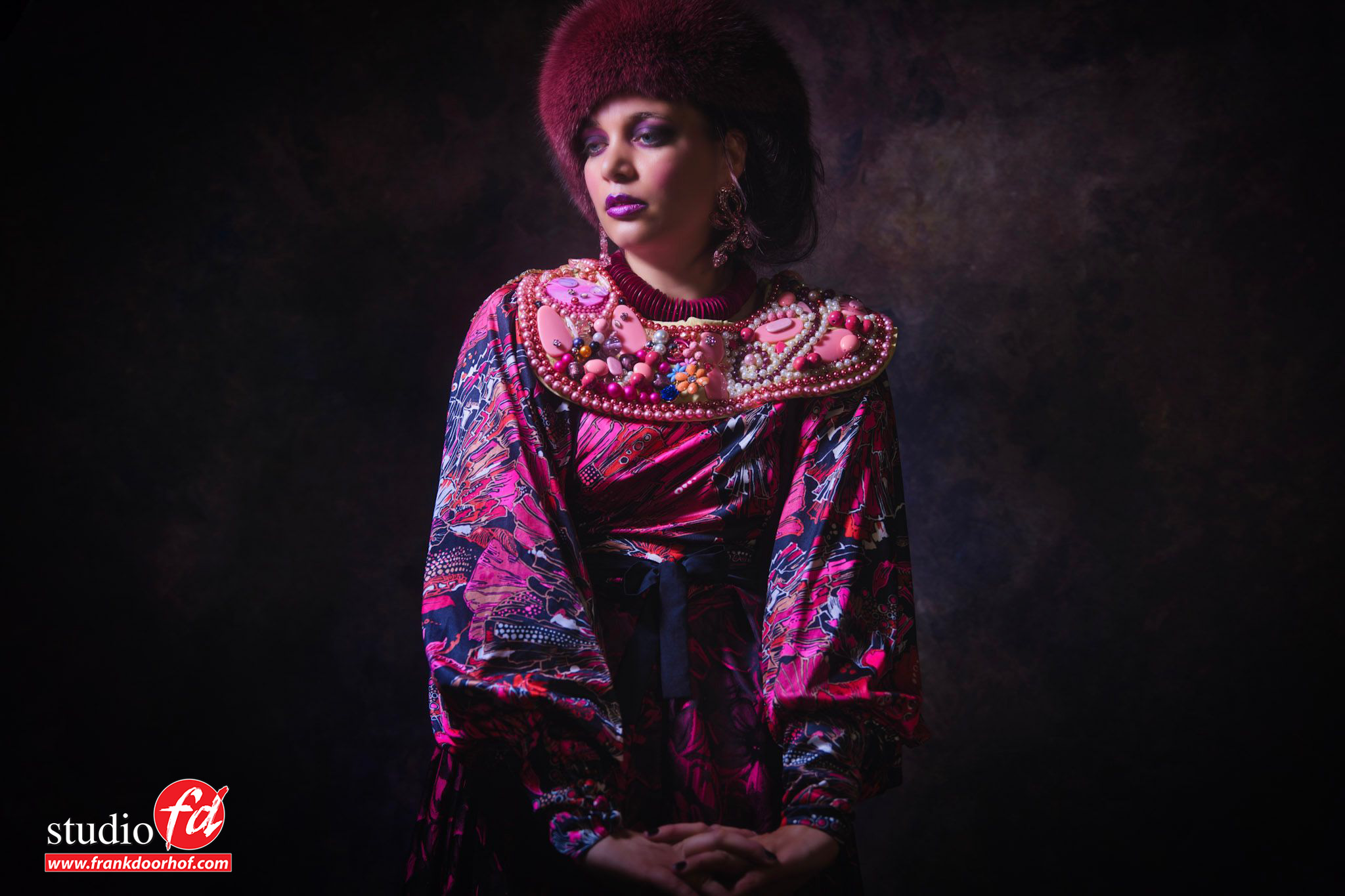
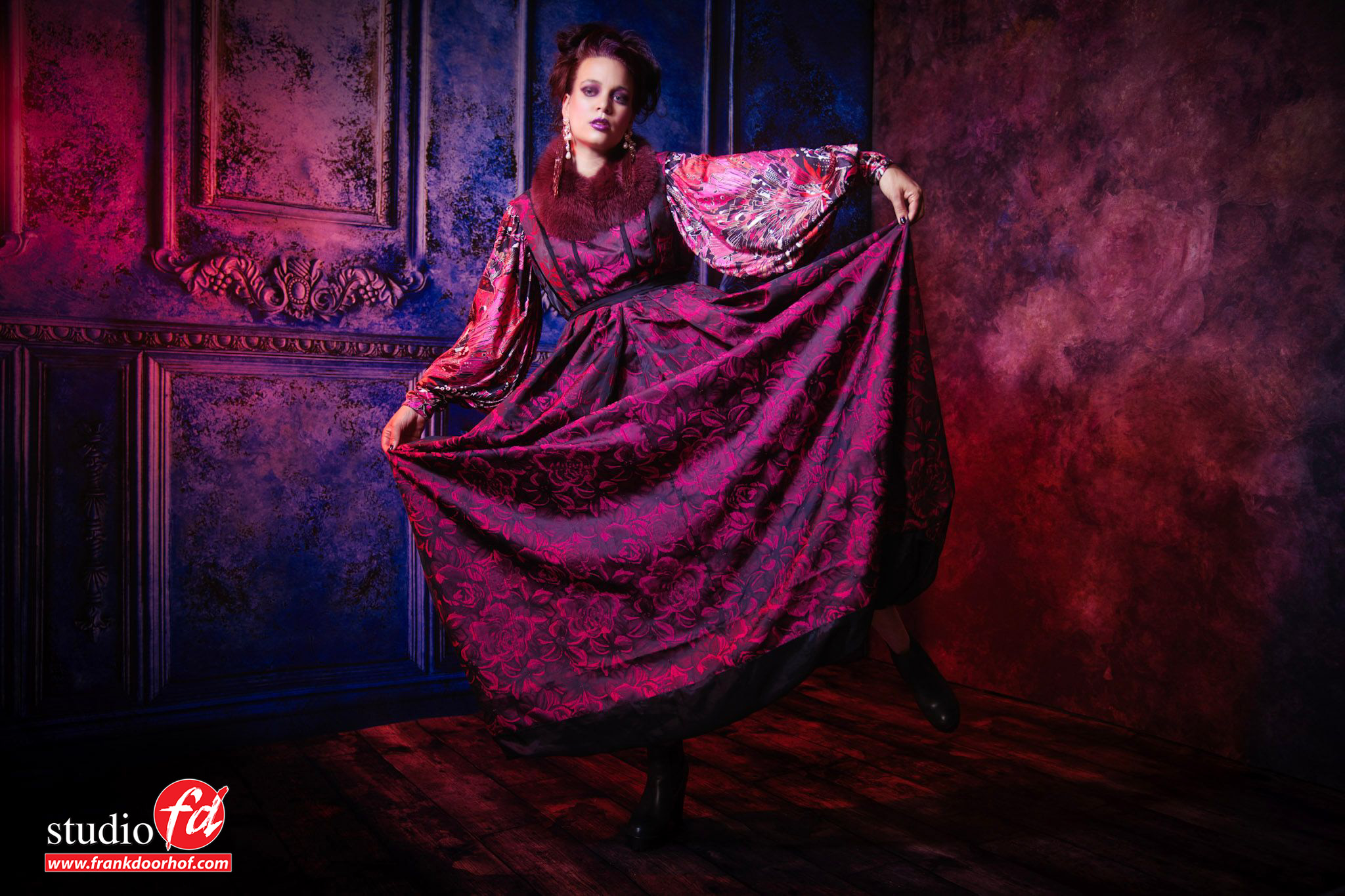
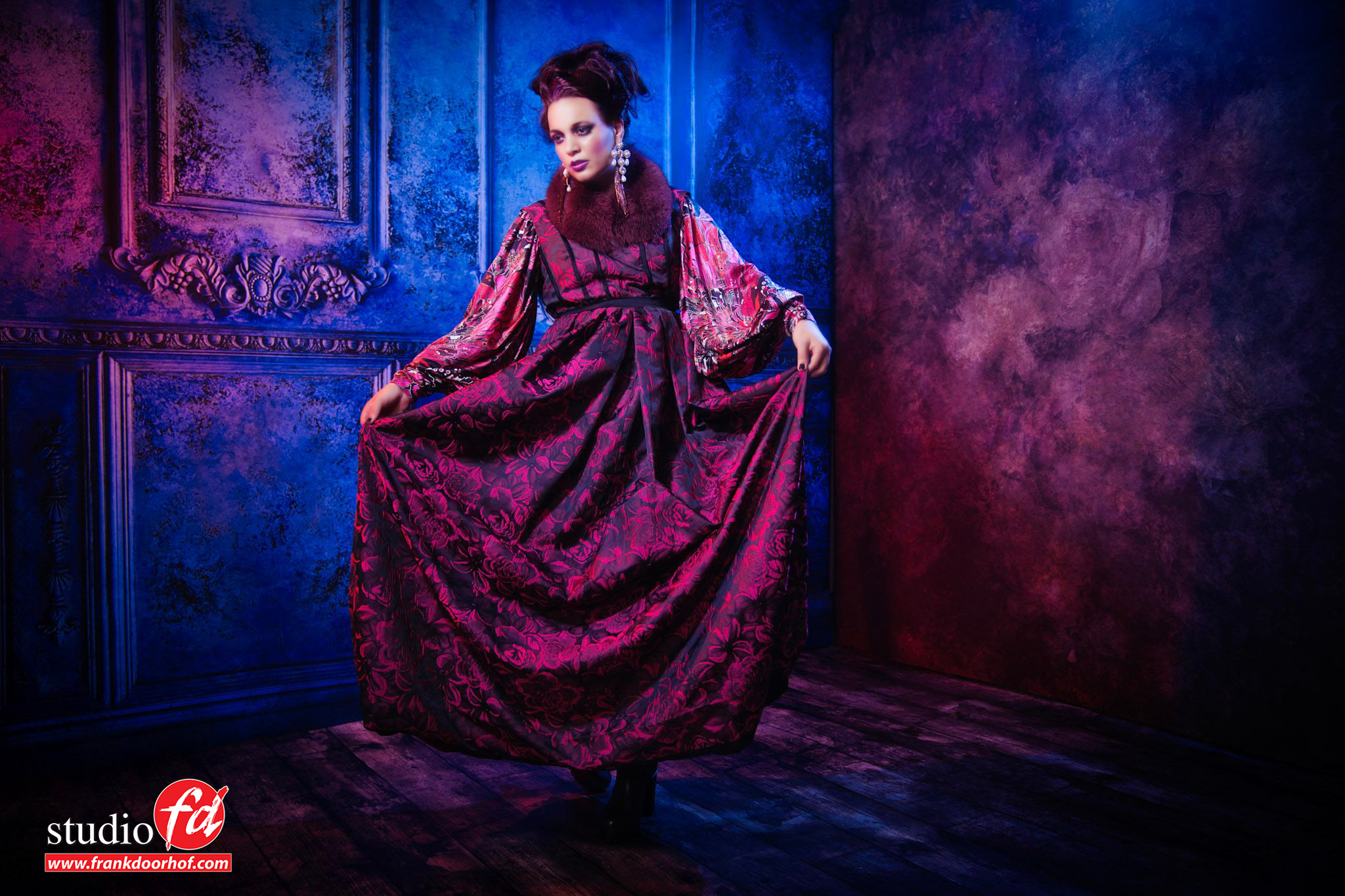


You must be logged in to post a comment.